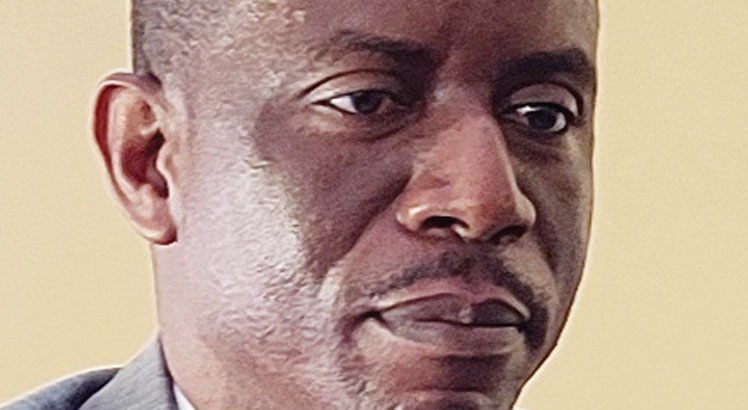MSCE results spark investment calls
Malawi School Certificate of Education (MSCE) examination results announced on Wednesday have drawn calls for a reflection on the poor quality of education in community day secondary schools (CDSSs) and general investment in the sector.
Results Ministry of Education and Malawi National Examinations Board (Maneb) jointly announced in Lilongwe show that out of 154 132 candidates that sat for this year’s MSCE, 83 846 have passed, representing a 54.4 percent pass rate, down from about 54 percent last year.
Conventional secondary schools have registered a pass rate of 68.06 percent while CDSSs have a pass rate of 45.53 percent, according to the results.
Of the students that have failed, 60 percent are from CDSSs while 18 percent are from conventional secondary schools.
In separate interviews yesterday, education policy experts Steve Sharra, Limbani Nsapato and Benedicto Kondowe called for a further review of the education sector, with particular focus on CDSSs, who form a bigger chunk of secondary schools in the country compared to conventional secondary schools.

Sharra, an associate professor and dean of the School of Education at Unicaf University, but speaking in his personal capacity, said 84 percent of secondary schools in the country are CDSSs, meaning that a majority of students learn there.
He said this calls for the need to examine the quality of education in the CDSSs and address the challenges to improve education standards.
Said Sharra: “Most CDSSs do not have enough teachers. There are few qualified teachers in these schools.
“A number of CDSSs also do not have enough learning materials, do not have laboratories, do not have libraries, do not have electricity and other facilities that are crucial for learning to take place.”
He, however, acknowledged government’s efforts to expand CDSSs and train teachers, but he said such efforts are not enough.
In a separate interview, Nsapato, who is Edukans executive director, said the country is failing to address inequalities in allocation of resources across various school categories and student types.
He said CDSSs are not being given enough resources to promote an enabling learning environment.
Nsapato lamented that the situation is worse in rural areas, thereby putting learners in rural areas at a disadvantage.
He observed: “Investment in education, especially under-resourced schools has been hampered by failure to allocate at least six percent of GDP [gross domestic product] and at least 20 percent of national budget to education as recommended by Unesco for poor countries like Malawi.
“Our allocations are around four percent of GDP and 16 percent of the national budget, which show a decline from an average of 6 percent of GDP and 19 percent of national budget we saw between 2009 and 2018.”
Nsapato said although the education sector gets a lion’s share of the national budget, the budget allocation is generally 50 percent of what is in the education sector strategy.
He also called for the alignment of the budget support to the sector strategy and what is outlined in Malawi 2063 (MW2063), the country’s long-term development strategy.
Nsapato observed that disasters have had an impact on education but the country has not properly responded to such.
He said: “We have not responded well to challenges of emergencies such as those caused by Covid 19, cholera and Cyclone Freddy.
“Some of high performing districts such as Phalombe have faced a decline in performance because mitigation measures were not sufficient to address the challenge.”
On his part, Civil Society Education Coalition (Csec) executive director Kondowe said besides investing in infrastructure, increasing the number of teachers and increasing learning materials there is need to address issues of attitude of teachers, parents and learners towards education.
In a statement issued yesterday, signed by Kondowe and board chairperson Nsapato, Csec observed that disparities in the pass rates between conventional secondary schools and CDSSs reflect differences in resource allocation, teaching quality, and infrastructure.
Csec said it is essential to address the discrepancies and provide equitable resources and support to all schools, particularly those in underprivileged areas.
Meanwhile, the Ministry of Education has said government is working in partnership with development partners to expand CDSSs and build more schools to ensure that there is enough infrastructure for learners.
In an interview, the ministry’s spokesperson Mphatso Nkuonera said the ministry is also in the process of recruiting teachers to meet the desired teacher-students ratio of 1:40.
Experts have been calling on government to be allocating at least 20 percent of the budget towards the education sector in order to address challenges facing the sector and improve education standards.
In the 2023-2024 fiscal year, the Education and skills development sector was allocated a total of K603.36 billion. This represents four percent of GDP and 15.6 percent of the total budget.





